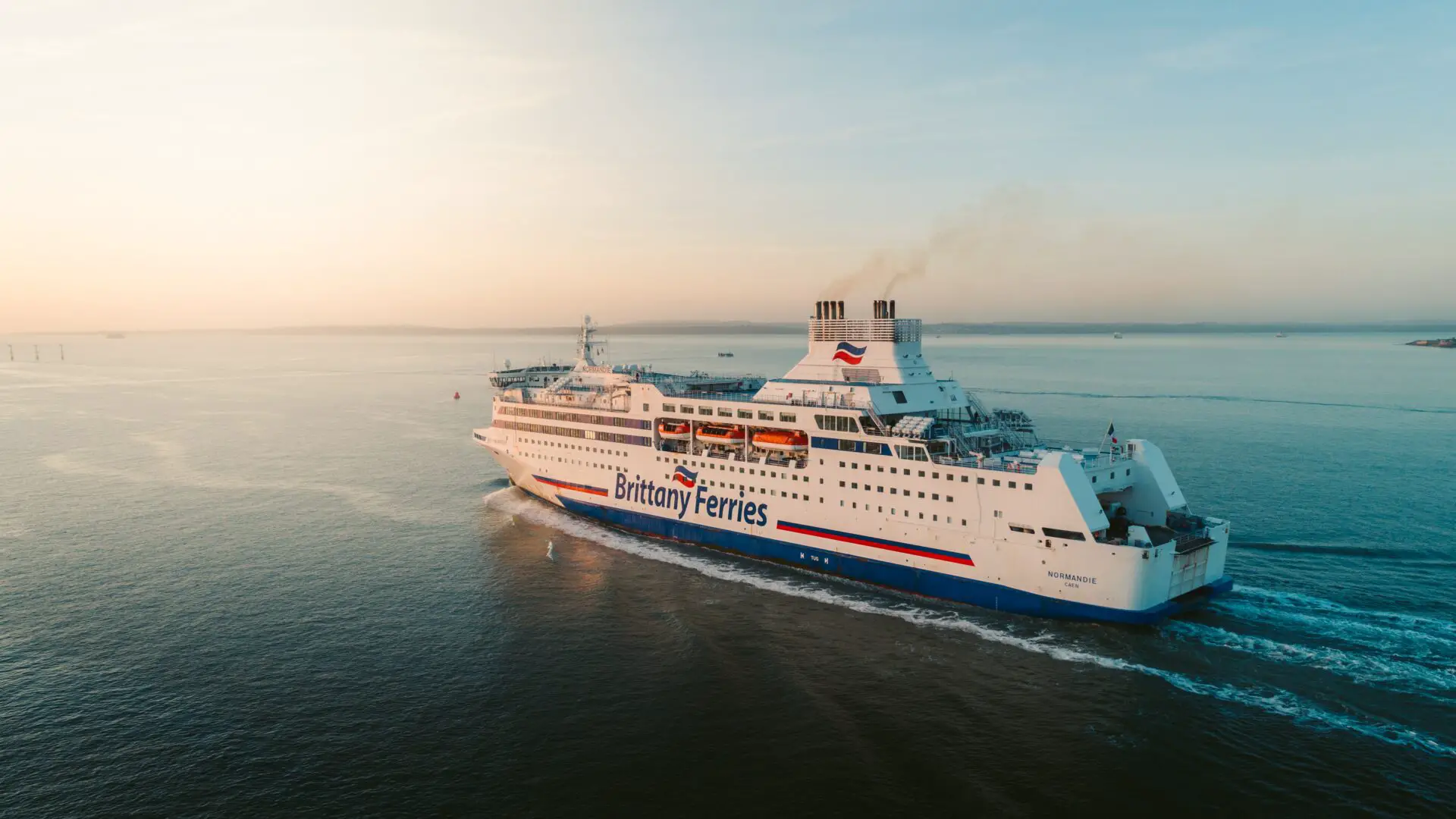World Nomads
Want to hop on a ferry to Europe? Before you sail off, it’s important to make sure you have the right travel insurance to cover you along the way. World Nomads offers simple and flexible travel insurance which you can buy at home or on the road. They also offer loads of advice to help you travel more confidently. So what are you waiting for, get a quote today!
An alternative to flying: ferries to Europe across the English Channel
Ferries nowadays offer extensive routes between the British Isles and mainland Europe, all the way to southern Europe and Scandinavia. So, jokes about swimming the Channel aside, there are also the options of flying, driving, or taking the train, each having its pros and cons (although Brexit will affect travel to Mainland Europe).
With the ferry, whether you’re traveling from the south of England or from Ireland, there are routes to take you directly to various European port cities, which can be practical if your final destination is nowhere near a national airport but close to a coast.

Ferry companies in the United Kingdom and throughout Europe know that their competitive edge over other modes of transport is to make your trip as fun and comfortable as possible. As a result, they offer extensive on-board services. For example, some of the modern ferry companies offer on-board dining, bars, shopping facilities, cinemas, spa services, sundecks, pools, and even live performances to entertain passengers.
The advantages of taking ferries to Europe
Flexible timetables
Ferries to Europe run both during the day and overnight, and there are even some high-speed options. You can either enjoy the ocean views or be lulled to a good night of sleep while the ship does all the work and arrive refreshed rather than ravaged. Why drive through the night when you can sleep through it?
A large variety of flexible routes
The wide choice of ports of departure and ports of arrival is only one of the advantages of ferry travel; it’s also easier to mix-and-match your ports on return journeys: depart where you want, arrive where you want.
I’ve got baggage
If you’re carrying a lot of baggage, traveling by ferry is ideal. You can load up your car and get across without worrying about the overweight baggage fees on flights. Ferries across the English Channel are a great option if you are moving to the European mainland or vice versa, as you can bring as much freight as you need: cross with a van or a trailer. Just make sure you’re aware of the different European driving laws!
Stay connected
Many modern European ferries offer Wi-Fi while on board. That means you can stay connected en route without fear the signal will crash the craft.
Bring your pet
If you’ve got pets, you might be worried about traveling abroad with them. On a ferry, there are options to keep you at ease about your pet’s safety during the trip. Many ferry operators participate in pet travel schemes and offer pet-friendly accommodations.
Ferries to Europe from the United Kingdom
Among the ferry lines, there are many options, each offering different routes, different amenities, and different price levels. Whether you are going on holiday or have a van full of furniture to bring to your new home country, the coast of mainland Europe, from Spain to Norway, is very well covered by dozens of daily ferries:
- Brittany Ferries sail to France, offering the widest choice of crossings departing from Portsmouth, Plymouth, or Poole. Destinations include Cherbourg, Saint-Malo, Caen, Le Havre, or Roscoff. They also offer ferry services to the northern Spain ports of Santander and Bilbao in Spain.
- DFDS Seaways travels from Newcastle to Hoek van Holland. They also sail between Dover and Calais or Dunkirk, as well as between New Haven and Dieppe.
- P&O Ferries serves the North Sea with a 90-minute trip from Dover to Calais and two routes from Hull (to Zeebrugge and Rotterdam).
- Stena Line offers service between Harwich and Hoek van Holland. In addition, they sail throughout northern Europe and Scandinavia, from Germany to Latvia, Norway, and Sweden.
You can check out a ferry route comparison website such as Direct Ferries. There are often package deals and you may benefit from early purchase discounts for ferries to Europe.


